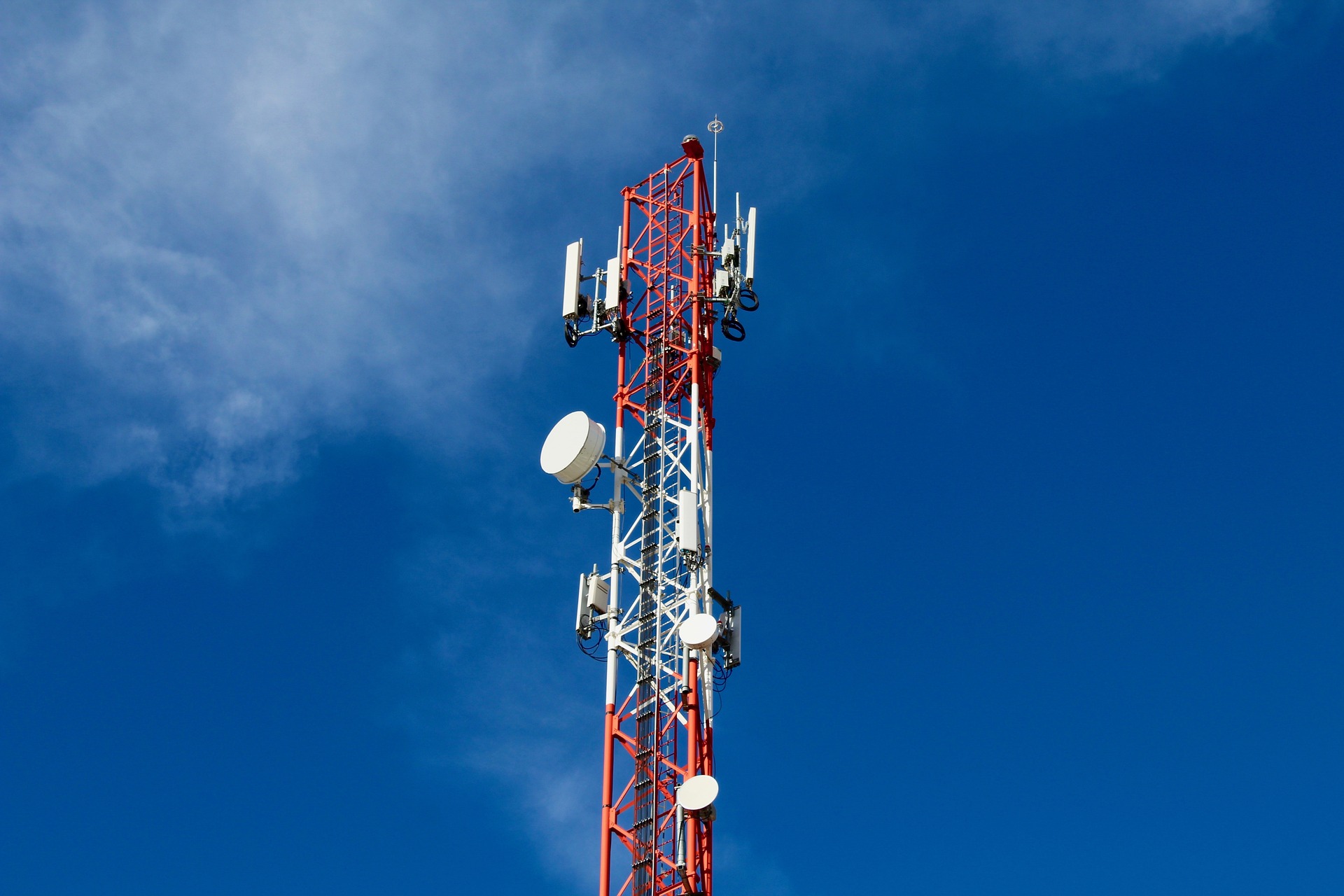The Future of Li-Fi Technology: Journey From Concept to Reality
In the digitally connected era where Wi-Fi is a basic necessity, another groundbreaking wireless communication system is gradually gaining recognition — Light Fidelity, or Li-Fi. Promising super-fast data transfer that can eclipse even the mightiest broadband connections, Li-Fi technology could reshape our understanding of wireless communication. Come along as we delve deep into the world of Li-Fi.

Unveiling the Li-Fi Concept
Originally introduced in 2011 during a TED Talk by German physicist Harald Haas, Li-Fi uses visible spectrum or infrared light to carry data. It’s likened to an advanced form of Morse code — light signals from an LED source flicker at extreme speeds to transmit information to receivers. Although it’s taken time to mature, the technology holds promising potential in crowded networks where Wi-Fi signals can weaken.
Key Innovations in Li-Fi Technology
The intricate working mechanism of Li-Fi involves the modulation of light intensity, detected by photodetectors, and then demodulated into electronic form. Unlike Wi-Fi that uses radio signals, Li-Fi operates on visible light or infrared spectrum that has a much wider bandwidth.
Exciting breakthroughs have been made in this area. Researchers at Oxford University achieved bi-directional, 224 gigabits per second (Gbps) speed in a laboratory setting, indicating its potential for ultra-fast data transfer. Li-Fi also works in areas prone to electromagnetic interference, such as hospitals and aircraft cabins, where Wi-Fi struggles.
Current Trends & Regulatory Influence in Li-Fi Adoption
Although Li-Fi is relatively new, the drive for faster and more reliable connections is leading to gradual acceptance. Industry projections suggest that the global Li-Fi market could be worth nearly $8 billion by 2030, growing at a CAGR of around 70%.
Government and regulatory bodies play a pivotal role in propelling this growth. Recently, the Federal Communication Commission (FCC) in the U.S. expanded the spectrum for Wi-Fi usage, which indirectly boosts Li-Fi advancement by mitigating bandwidth limitations.
The Impact: Li-Fi’s Potential for Disruptive Transformation
Li-Fi can add value in various fields by offering enhanced network solutions where traditional technologies fall short. For instance, in the healthcare sector, where devices demand uninterrupted internet, Li-Fi offers an interference-free alternative to Wi-Fi.
In the industrial domain, the inability of Wi-Fi signals to penetrate seawater can hinder communication between underwater devices. Li-Fi, unaffected by water, could offer a novel communication method for machines operating beneath the surface.
Challenges to Overcome & Practical Applications
Despite the compelling potential, Li-Fi does present challenges. The technology requires direct line-of-site transmission, meaning obstacles significantly impair its efficiency. It also becomes less effective in bright sunlight. Achieving a balance between indoor and outdoor utility is a task still at hand.
However, some creative solutions have emerged. For example, in an office setting, integrating Li-Fi with existing LED light fixtures can offer stable internet connectivity, building upon the infrastructure already in place.
In conclusion, Li-Fi, although in its infancy, is a revolutionary advancement that stands to change the landscape of wireless communication drastically. Its practical applications cater to various niches currently underserved by existing technologies. By continual innovation and strategic application, the full potential of Li-Fi can be unlocked, leading us towards a truly connected world.




